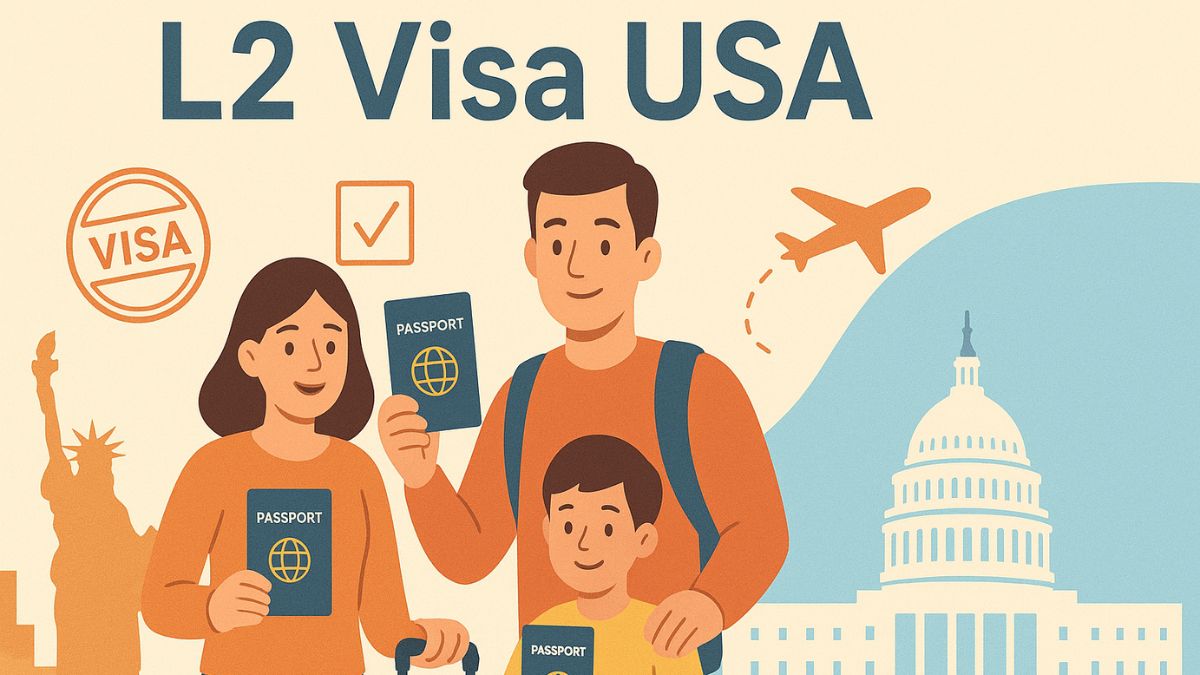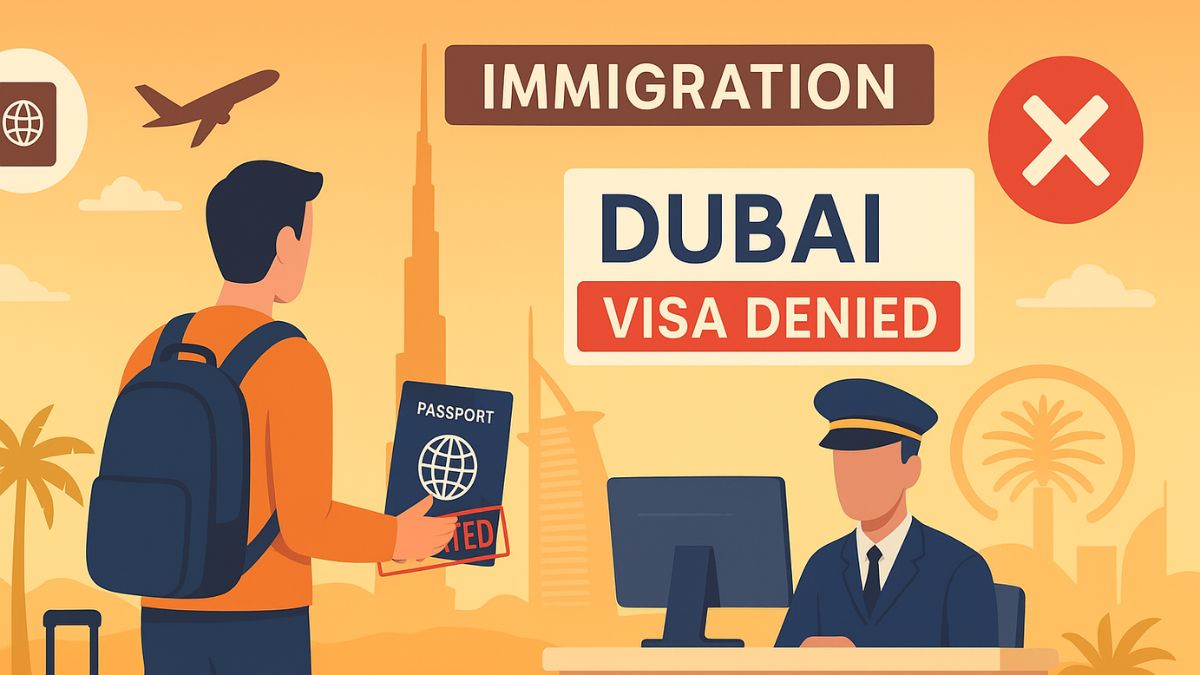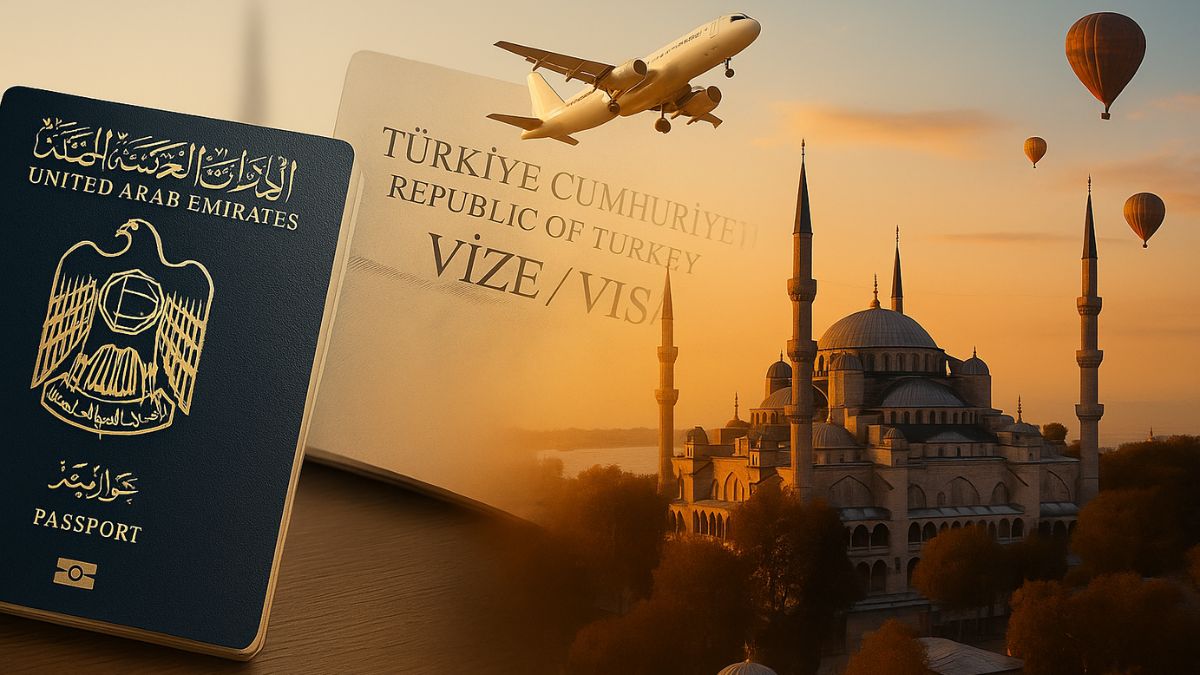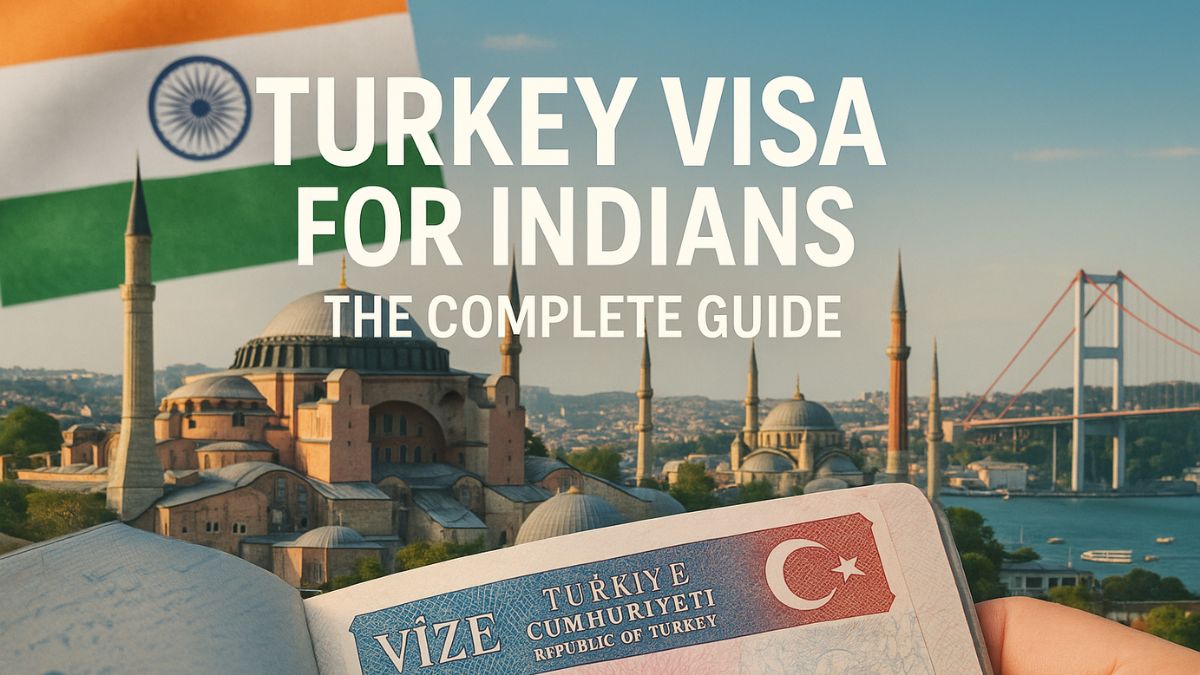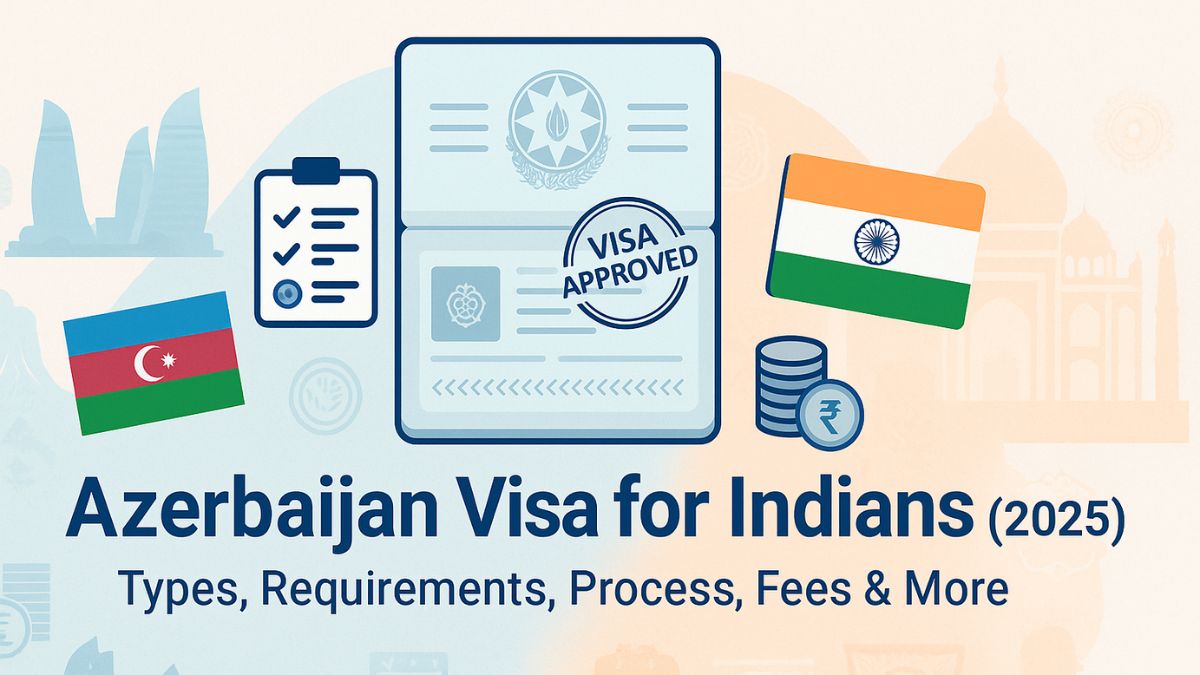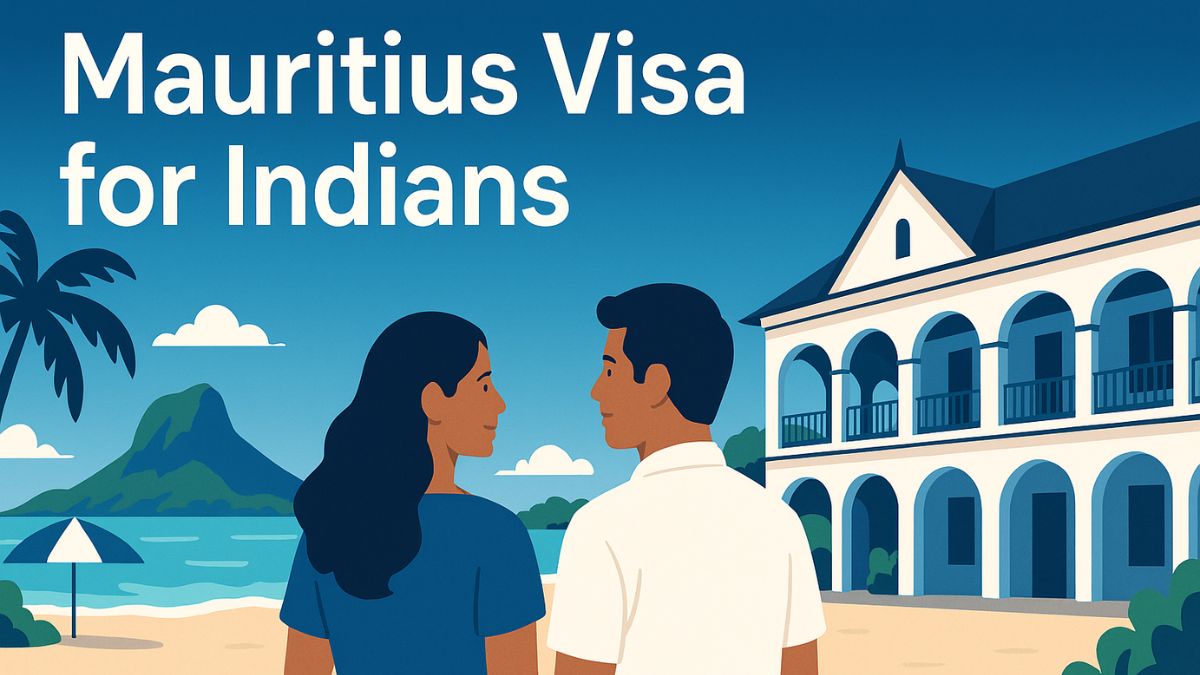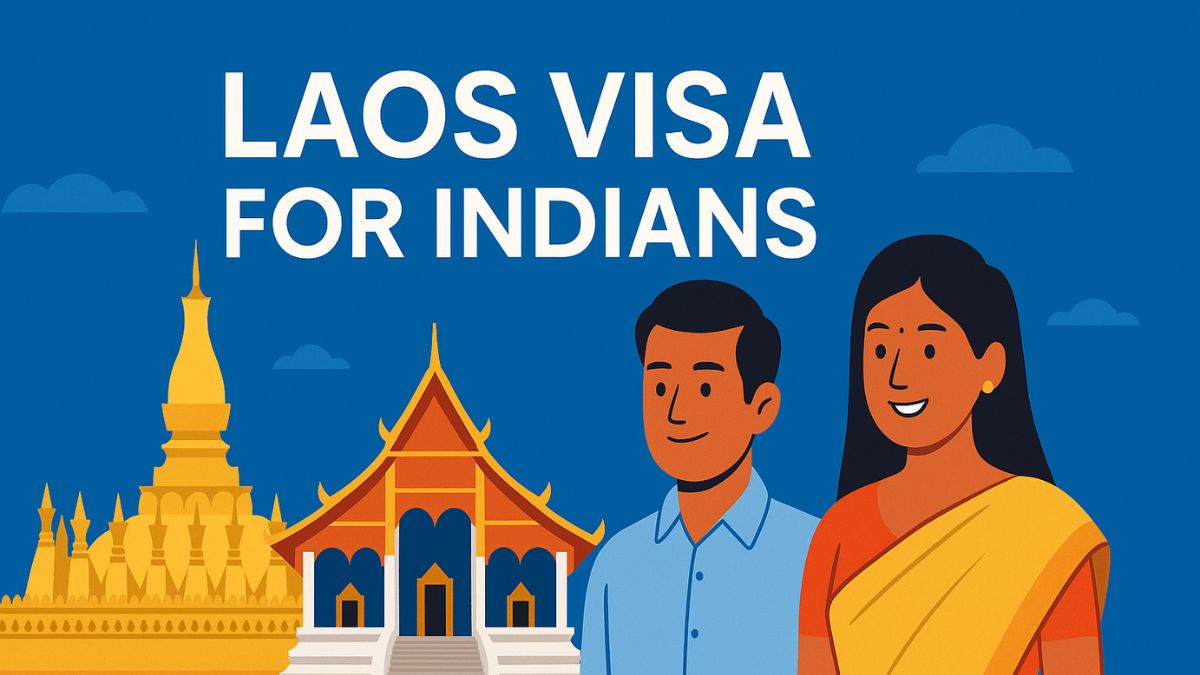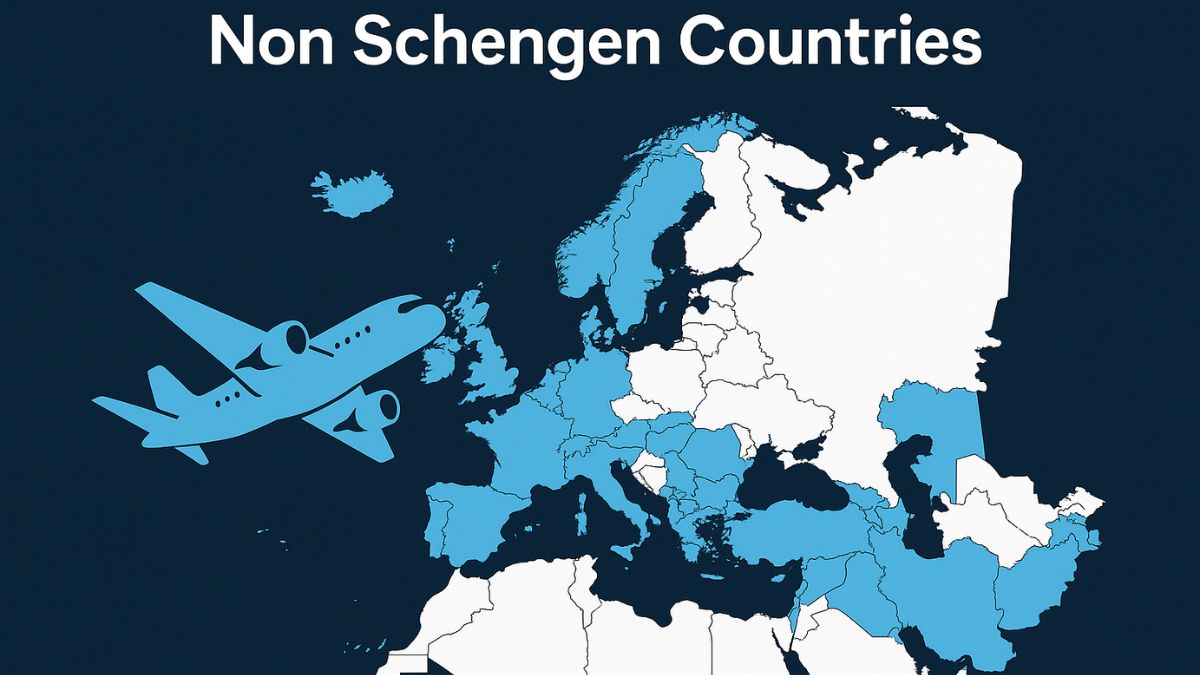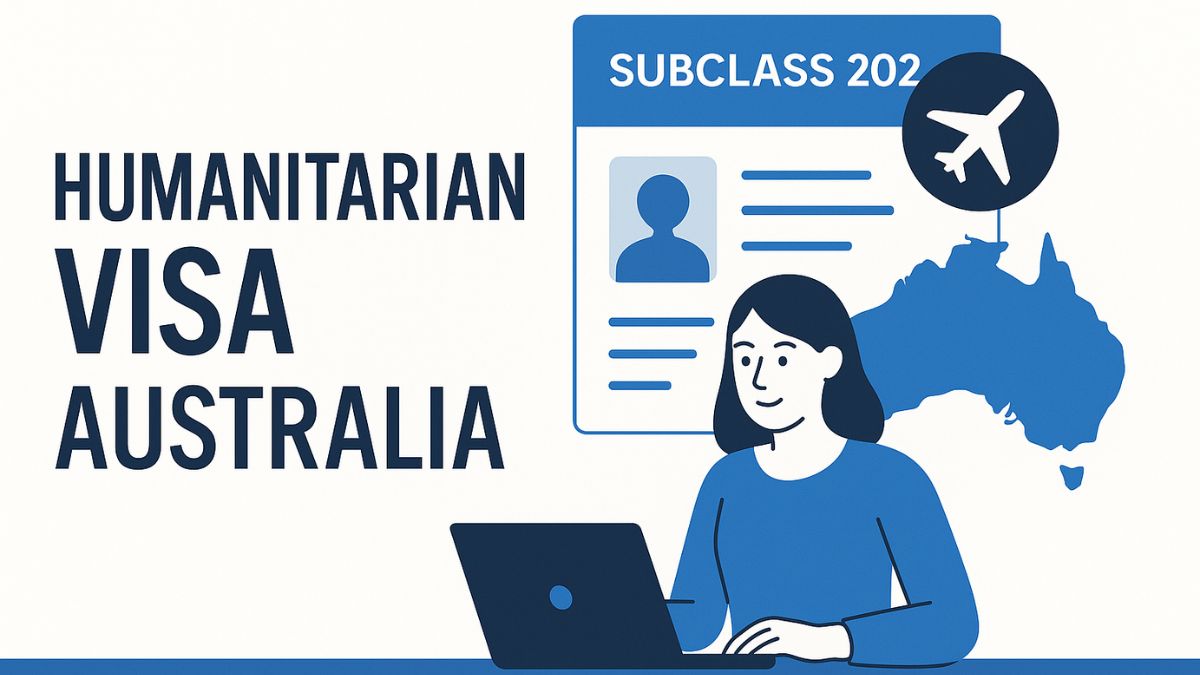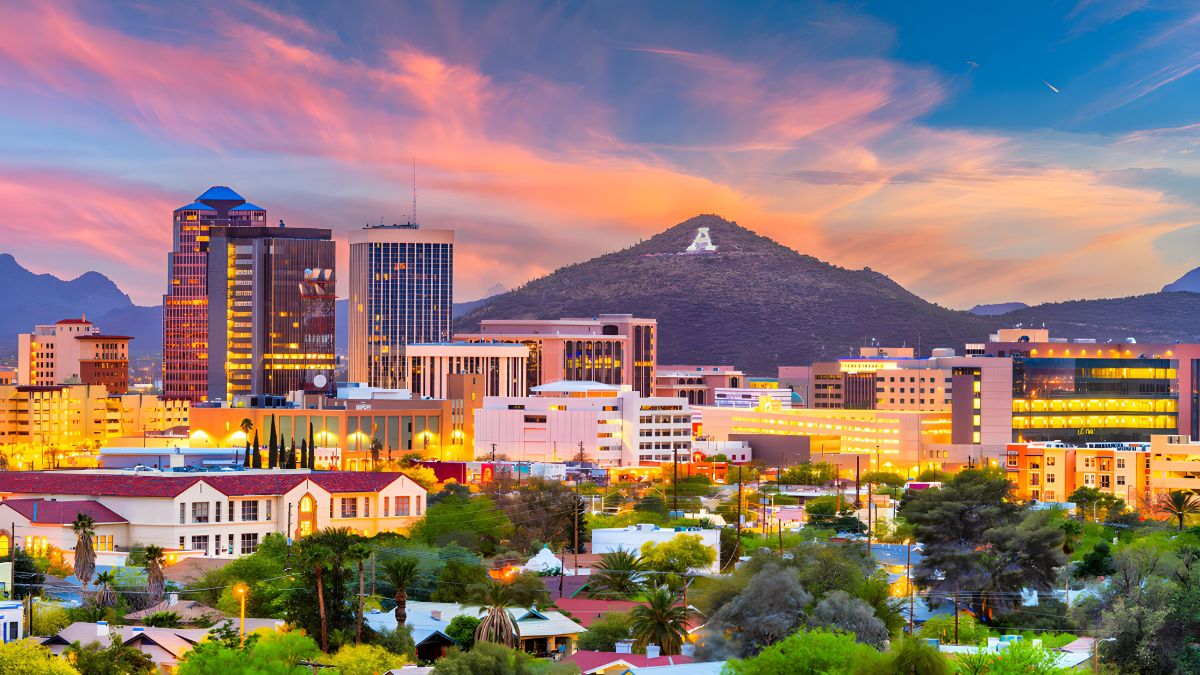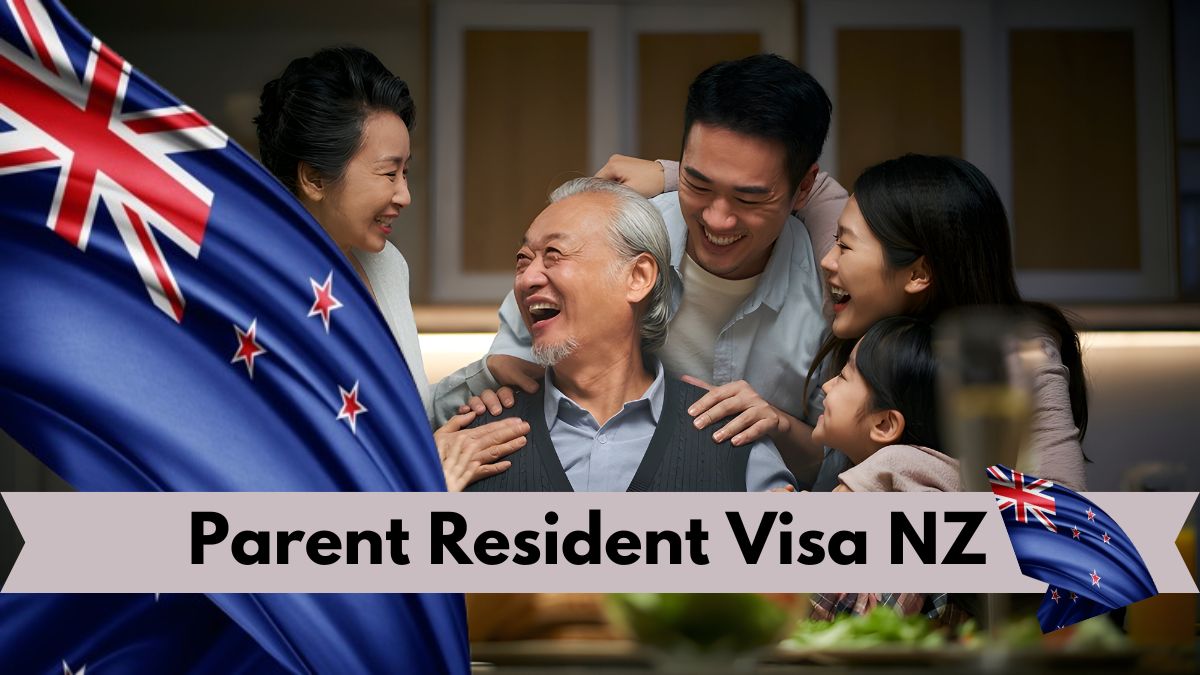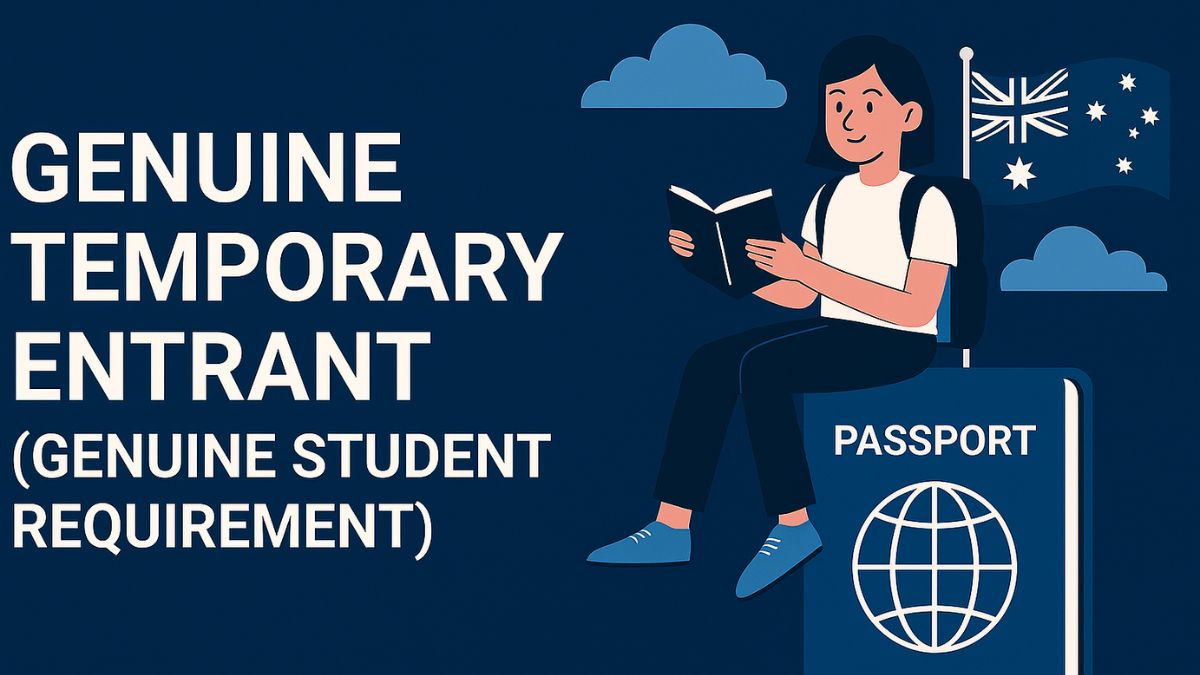
- April 20, 2025
- Heisenberg
- 0
Thinking of studying in Australia in 2025? You’ve probably come across the term Genuine Temporary Entrant (GTE), now updated and often referred to as the Genuine Student Requirement. It’s a crucial part of your student visa application, and understanding it thoroughly can save you from the heartbreak of rejection.
But don’t worry. This guide is your all-in-one, no-jargon-needed walkthrough. We’ll go over what it is, why it matters, what officials are looking for, and how to nail your application. Let’s get into it.
First, what is the Genuine Temporary Entrant (GTE) requirement?
The Genuine Temporary Entrant (GTE) was introduced in 2011 by the Australian government. Its purpose? To ensure that international students are genuinely coming to Australia to study — not just using a student visa to live or work in Australia permanently.
In 2024, the Australian government replaced the GTE requirement with what’s now called the Genuine Student (GS) Requirement. But don’t worry if you still hear people say GTE – the core idea remains: they want to see that you’re a genuine student.
Why was the change made?
Good question.
The GTE had started to become a bit of a catch-all for visa denials. It was vague. Students didn’t always know what was expected. So, in 2024, the government announced a more student-focused approach with the Genuine Student requirement.
This new version is more transparent, with clearer guidelines and better-defined criteria.
Bottom line: It’s not about closing doors, but about making sure the doors stay open for the right reasons.
So what does the Genuine Student Requirement mean in 2025?
It means when you apply for your Australian student visa (subclass 500), you’ll need to prove you’re a real student with real intentions to return to your home country after your studies — unless you later meet the requirements for another visa (like a work visa or permanent residency).
This is your chance to tell immigration:
“Hey, I’ve done my homework. I’m here to learn. I’m not trying to sneak into your country forever.”
What do Australian immigration officials want to see?
They’ll assess your application using several factors:
1. Your academic background and career goals
- Are your study plans consistent with your previous education?
- Do your chosen subjects relate to your career aspirations?
- Have you explained any gaps in your education or work history?
A student who studied computer science and is now applying for a course in social work — with no explanation — might raise a red flag.
But if you say, “I realized I want to work in community development, and social work is the best way to get there,” and maybe include a volunteer experience to support that? That’s solid.
2. Your financial capacity
Money talks.
Can you support yourself while studying in Australia? Tuition, living costs, travel, and emergencies — they all add up. You may be asked to show proof of financial support, such as:
- Bank statements
- Proof of income from sponsors (parents, relatives)
- Scholarships, if any
If you say you’ll be supported by your family, back it up with real numbers.
3. Ties to your home country
This one’s big.
You need to demonstrate you have compelling reasons to return home after your studies. Immigration will look for:
- Family connections (spouse, parents, siblings)
- Employment offers or opportunities back home
- Property ownership or long-term commitments
Got a job offer waiting once you graduate? Mention it. Own land or a family business you’ll return to? Bring it up.
4. Your understanding of the course and education provider
Generic statements like “Australia has a good education system” won’t cut it.
They want to know:
- Why did you choose this specific course?
- Why this university or college?
- Why Australia over other countries?
Do some digging. If you’re applying to Monash University for a Masters in Public Health, don’t just say it’s “a good university.” Instead, say:
“Monash offers electives in Indigenous health, which aligns with my interest in community health in rural India. Few other universities offer this niche.”
See the difference?

How do I write a Genuine Student Statement?
Your Genuine Student Statement (formerly the GTE statement) is your personal essay — around 300-500 words — that covers the above points.
Here’s a rough structure to follow:
✦ Introduction
Briefly explain your study plans and your goal. Keep it to the point.
✦ Academic and Professional Background
Talk about your education so far, any jobs or internships, and how it all links to your course.
✦ Why This Course & University
Show you’ve done your research. Include course units or specific features.
✦ Why Australia
Mention what draws you to Australia’s education system. Be specific.
✦ Ties to Home Country
Show reasons you’ll return home. This can be family, work, or cultural ties.
✦ Finances
Mention who will support you and provide some context (e.g., “My father, a government employee, will sponsor me. His annual income is AUD 35,000.”).
✦ Conclusion
Wrap it up with a final affirmation of your student goals and intentions.
What’s new in 2025?
Good question — and things have changed.
In 2025, the Genuine Student test is more structured. The government now provides a checklist for what to include in your GS statement. You’ll likely have to submit this statement within the online visa application form (no more uploading Word docs unless requested).
Also, new AI-powered systems now assist in processing applications. That means your wording, tone, and consistency matter more than ever.
Pro tip: Don’t copy-paste templates online. They might trigger AI red flags for plagiarism or generic writing.
What can lead to a GS rejection?
Sometimes the smallest things can lead to rejection. Here’s what you should avoid:
- Vague explanations: “I just like Australia.” Not enough.
- Inconsistent information: Your application says you’ll study for 2 years, but your course is only 1 year.
- Gaps you don’t explain: Unexplained time between graduation and now.
- Weak home country ties: If you’re single, unemployed, and say you’ll “maybe return” — that’s shaky ground.
Immigration wants to see a story that makes sense. Think like a case officer: would you believe this person is a genuine student?
How can I strengthen my application?
- Provide documents: Always better to show, not tell. Include financial proof, degree certificates, job offers, etc.
- Get professional help: A migration agent or education counselor can review your statement.
- Be honest: Always. They cross-check your info. If they catch a lie? It’s a quick no.
- Keep everything consistent: Between your statement, documents, and your interview (if any).
Do all student visa applicants have to meet the GS requirement?
Yes — if you’re applying for a subclass 500 visa, you’ll need to meet the GS requirement, no matter where you’re from. That includes high-risk and low-risk countries.
Even if you’re from a country with streamlined processing (like the UK, Canada, or Singapore), a weak or generic GS statement can delay your visa or lead to refusal.
Final Thoughts
Applying for a student visa to Australia in 2025 means proving you’re a Genuine Student — not just a traveler hoping to stick around. And while it may seem like just one part of the application, the GS requirement can make or break your chances.
Let’s summarize:
- The GS requirement replaces the older GTE.
- It’s all about proving you’re a legit student.
- Officials assess your background, plans, finances, and home country ties.
- Your GS statement should be personal, clear, and supported by documents.
- Generic writing or copy-paste templates = 🚫 big no-no.
Conclusion
So, there you have it — the Genuine Temporary Entrant (now Genuine Student) requirement explained for 2025. It’s not a trap. It’s just a checkpoint to make sure you’re serious about your education journey in Australia.
Make your statement strong, back it with evidence, and tell your story with clarity.
Want more visa advice, immigration guides, travel tips, food stories, and everything in between?
Visit Get Visa Info – your blogging buddy for all things visas, life abroad, and a sprinkle of wanderlust.





